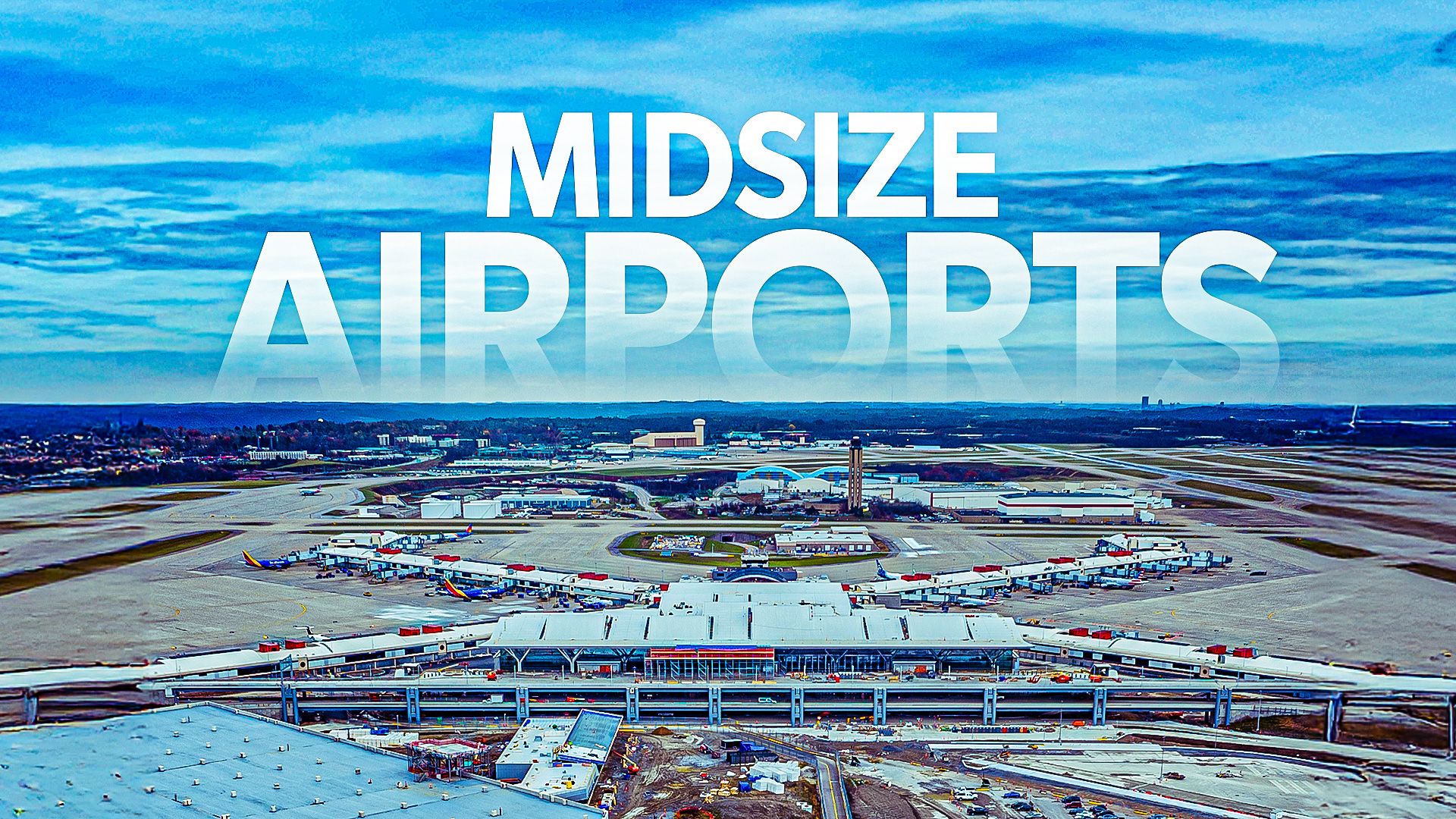The landscape of air travel in the United States is experiencing a significant transformation as airports across the country embark on ambitious terminal renovation and construction projects. Notably, facilities such as **Portland International Airport**, **Pittsburgh International Airport**, and **Myrtle Beach International Airport** are making strides to enhance passenger experiences through modern designs and increased capacity. This shift comes in response to the growing demand for air travel and the need to upgrade aging infrastructure.
Innovative Designs and Enhanced Capacity
Traditionally, airports in Asia and Europe have been celebrated for their stunning architecture and modern amenities. Airports like **Singapore Changi**, **Paris Charles de Gaulle**, and **Doha Hamad International** have set high standards, often leaving US airports perceived as outdated. However, the tide is turning. The **2021 Bipartisan Infrastructure Bill** has allocated increased funding towards upgrading terminals, allowing airports to move beyond runway improvements and focus on enhancing the passenger experience.
Major airports such as **LaGuardia**, **Newark Liberty**, and **Los Angeles International Airport (LAX)** have garnered attention for their extensive renovations. Yet, smaller regional airports are also making noteworthy advancements. **Portland International Airport** is set to unveil its new terminal in 2024, branding itself as “the local-est airport yet.” This facility emphasizes local businesses, with dining and shopping options primarily sourced from Oregon-based companies. The design reflects the natural beauty of the **Pacific Northwest**, featuring extensive wood elements and abundant greenery, creating a welcoming atmosphere for travelers.
In addition to aesthetic improvements, the new terminal in Portland will increase efficiency with more open spaces pre-security and additional gates to accommodate rising passenger demand, particularly from airlines like **Alaska Airlines**, which commands a significant market share at the airport.
Revitalizing Pittsburgh International Airport
**Pittsburgh International Airport** is undergoing a major transformation with a new landside terminal scheduled to open on **November 18, 2025**. Initially designed to support a large hub, the existing terminal is being replaced to better serve the local market. This modernization aims to streamline security processes and introduce a more efficient baggage handling system.
The new terminal will feature four outdoor terraces, providing a unique amenity that enhances the travel experience. Officials are focused on reducing walking times and improving overall convenience for passengers, ensuring that the airport meets the demands of modern air travel.
**Myrtle Beach International Airport** is also expanding its facilities. The airport announced a renovation project in 2023 that will add six gates, increasing its total from twelve to eighteen. This expansion will create a more spacious environment with larger restrooms and improved retail spaces. The upgrades aim to better accommodate the busy travel seasons, especially as the airport serves as a primary gateway for tourists visiting the South Carolina coast.
The Rationale Behind Terminal Renovations
The push for new terminal designs reflects a broader trend in the airline industry, where aging facilities struggle to meet the expectations of today’s travelers. Many existing terminals were built decades ago and lack the modern conveniences and aesthetics that passengers now seek. Renovating and rebuilding terminal facilities not only enhances visual appeal but also aims to create a more pleasant and less stressful travel experience.
By prioritizing the addition of amenities, including improved shopping options and dining experiences, airports are striving to transform their environments into welcoming spaces. This focus on passenger comfort may also have a positive impact on the perception of US airports, potentially leading to an increase in air travel.
As airports invest in modernization, they are also preparing for future passenger growth. Expanding gate availability, adding TSA lanes, and incorporating advanced security technology are all part of the strategy to ensure that facilities can handle increasing volumes of travelers.
The wave of terminal renovations across various airports signifies a renaissance in commercial flying in the United States. As these projects unfold, they promise to elevate the travel experience from a necessary burden to one that passengers can genuinely look forward to. Through these enhancements, the US aviation sector is poised to reclaim its position on the global stage, delivering airport experiences that rival those found in Asia and Europe.







